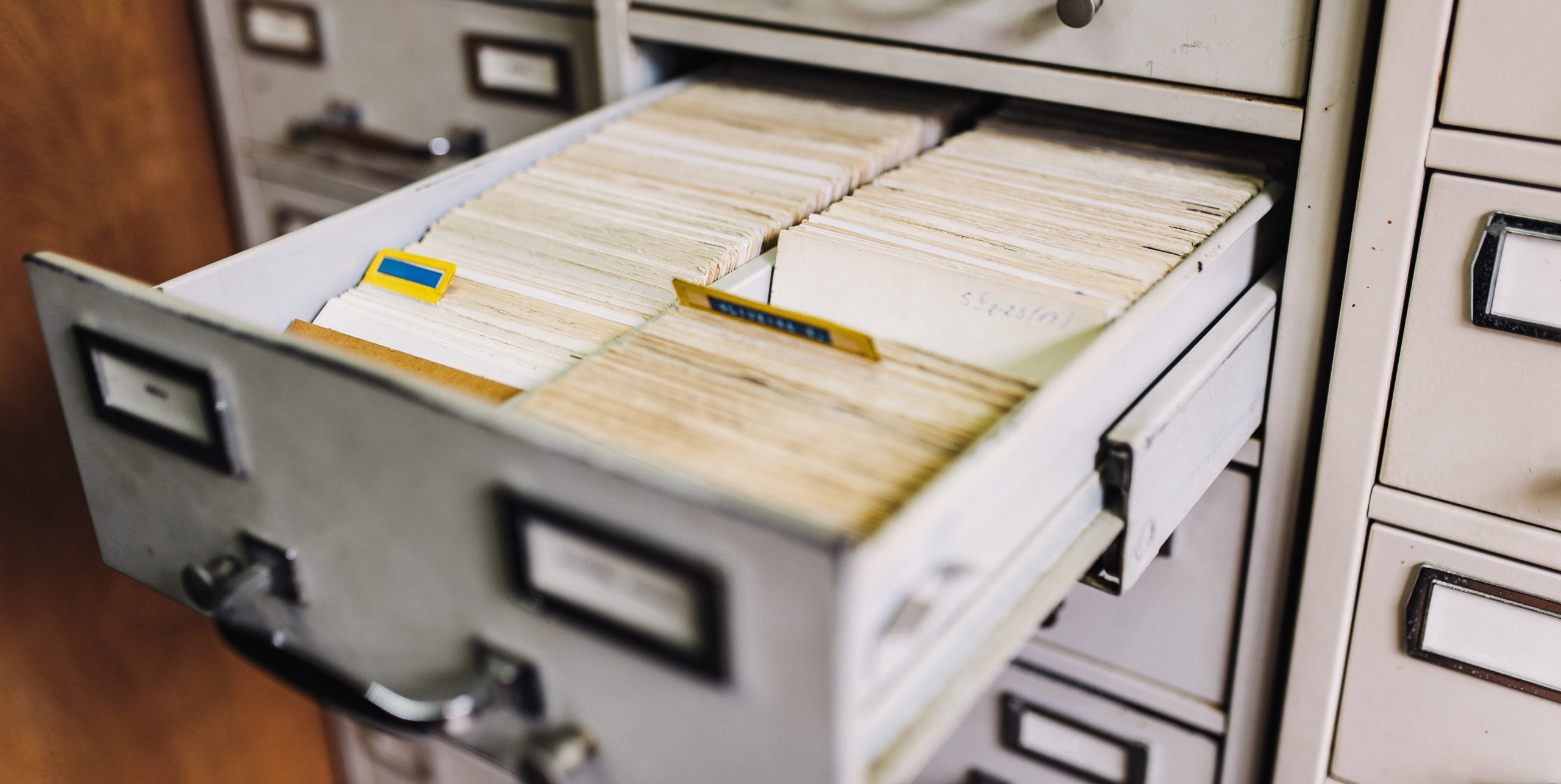The Benefits of Storing Metadata in XMP Files

You know the saying, “a picture is worth a thousand words.” When it comes to processing, editing and sharing images, storing their metadata in XMP files ensures those “thousand words” aren’t lost.
Working with RAW images often involves numerous tweaks and retouches. XMP files keep track of all these changes, allowing you to transfer image metadata, ratings, tags, keywords, geolocation, and other attributes about the image outside of its actual JPG, CR2, or other file. The XMP format is a standard way of recording all this data, acting as a roadmap throughout the editing process of a RAW image. It ensures that the metadata that’s added travels with the image and is readable by different programs and software.
What are the benefits of XMP files?
Metadata Retention Across Applications
XMP files are often called “sidecar” files because they travels alongside RAW files to ensure all metadata is retained through editing and sharing. This is especially beneficial when files are shared across different applications. For instance, if a RAW file is edited in Lightroom, those changes are recorded in the XMP file. When the image is then opened in Photoshop or Bridge, the XMP file ensures the original edits are preserved and the image is displayed as intended. Without XMP files, compatibility can become a major stumbling block when sharing images.
Organize and Retain Important Image Data
XMP files store crucial information about an image, ensuring it’s retained through countless edits across multiple applications. You can add metadata to a RAW file—such as geo-tagging and file information on who or what is in the image—and the XMP file will ensure it’s always available, making image organization much easier.
In creative workflows, work often moves through multiple software tools. You might start in Capture One for image capture, quick selects, and metadata entry before moving to Adobe Bridge to organize your assets. Then, you might pass the RAWs off to a retoucher, who will send the final files as TIFFs. When you upload this into your DAM system, the TIFF file may no longer contain the job information, photographer, talent, or other metadata you meticulously added earlier. This is where XMP files save the day; your DAM software will be able to read the retained metadata and append all of the missing information back to the asset. In a creative production platform like Globaledit, you can then sort, filter, and organize your images into collections using that metadata.
The Unsung Hero of Metadata Management
XMP files keep your creative process smooth and your valuable metadata preserved. Whether you’re sharing images across different applications or moving through complex workflows, XMP files will keep your image details intact, no matter where they go.
